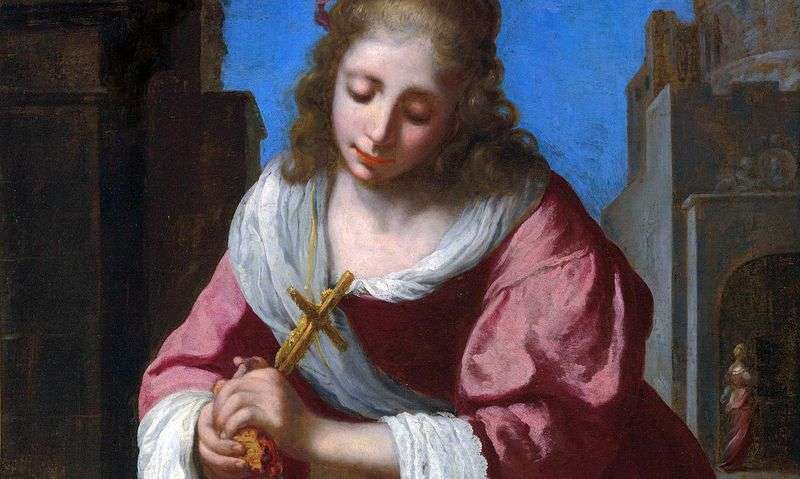
Painting of the Dutch artist Jan Vermeer of Delft “Holy Praxeda”. The size of the picture is 90 x 74 cm, canvas, oil. This painting is considered the earliest work of the painter, a free copy of the canvas of the Italian artist Ripozo from Florence, executed, most likely, by order of the Jesuit order.
In the quarter where Vermeer lived in 1655, there was their mission, and Saint Praxeda enjoyed special honor among the followers of Ignacy Loyola. Praxeda, holy maid. Praxeda was the daughter of Senator of Rome of the early Christian times of Puda, considered the possible founder of the Roman church of Santa Prasseide.
According to the historical legends of the 6th century, Pud was a Roman senator in the middle of the first century and in his house he arranged a place for secret meetings of Christians, on which the apostle Peter himself was a priest. Later, Puda’s house was turned into a church called pastoral, and Pud himself was executed during the time of Emperor Nero during the persecutions of Christians, being slashed with a sword.
Later, Pud was recognized as an apostle of seventy. His daughters, Praxeda and Pudenzian, washed the bodies of tortured Christians and secretly buried them in the basilica that their father built. According to early Christian legends, Praxeda sacrificed her considerable fortune with the aim of helping Christian martyrs; the bodies of executed believers were selected and brought to her; Praxaede washed them, collecting blood in sacred vessels, and then buried the dead according to the Christian rite. It is believed that in Rome of the VI century the memory of the ancient virgins who courted the Christians imprisoned and buried the bodies of the martyrs with the memory of the Puda was combined, suggesting that Praxeda and Pudenziana were his daughters and sisters to each other. The Basilica of Santa Prassede or the church in the name of Saint Praxede, according to the chronicles,
It is located in Rome, very close to the church of Santa Maria Maggiore. In the basilica of Saint Praxeda one of the instruments of the Passion of Christ is stored – the pillar to which Christ was attached during His scourging. Until now, a small part of the researchers of the artist’s work, Jan Vermeer, still doubt the authorship of the “Holy Praxes”.
Hardly distinguishable in the painting is the signature “Meer, a copy of Rypozo, 1655” part of the Dutch Baroque historians does not convince, too different, in their opinion, the style and manner of painting from other works of the artist. Several years ago, in Russia, thirty-five works of Western European painting were presented in the exposition of the exhibition under the arches of the restored Pashkov House in Moscow, including the painting “Saint Praxeda” by Jan Vermeer of Delft.
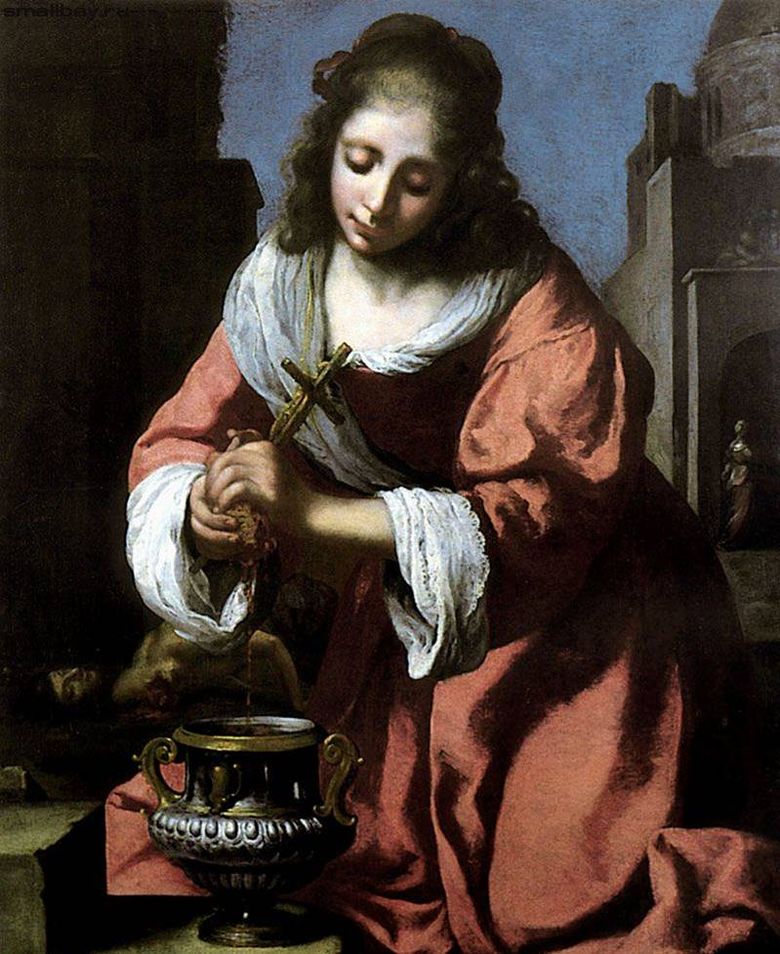 Saint Praxeda – Jan Vermeer
Saint Praxeda – Jan Vermeer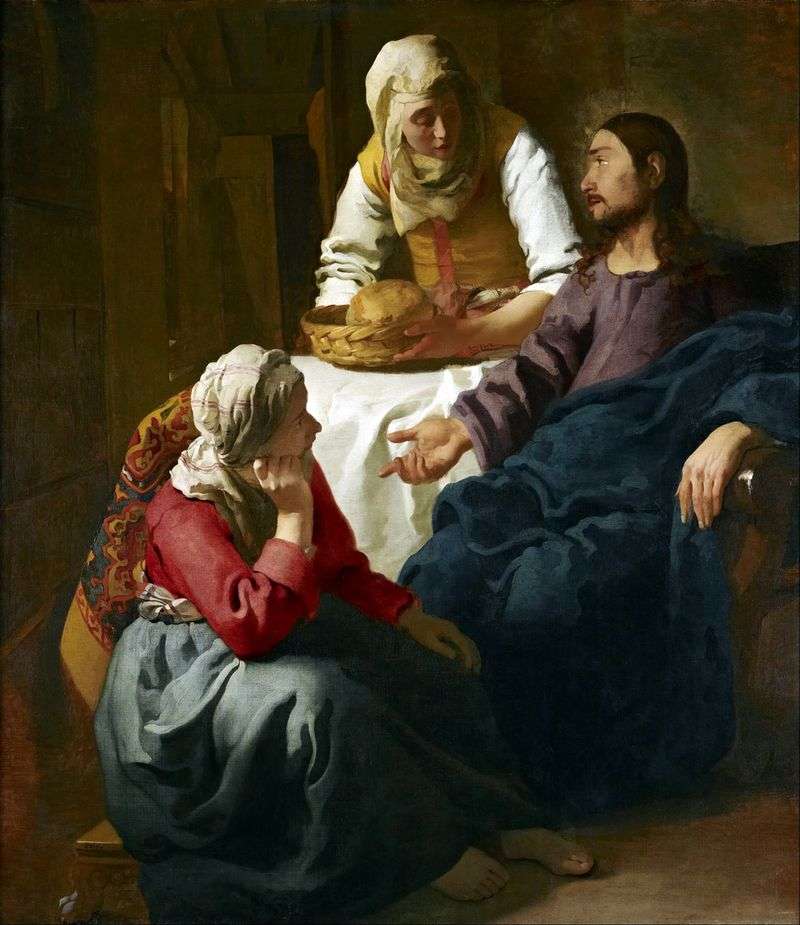 Christ in the house of Martha and Mary by Jan Vermeer
Christ in the house of Martha and Mary by Jan Vermeer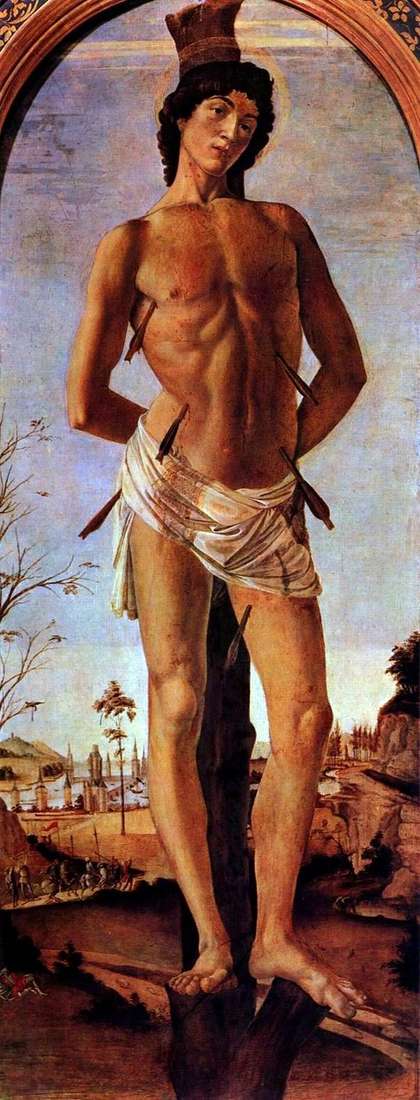 Saint Sebastian by Sandro Botticelli
Saint Sebastian by Sandro Botticelli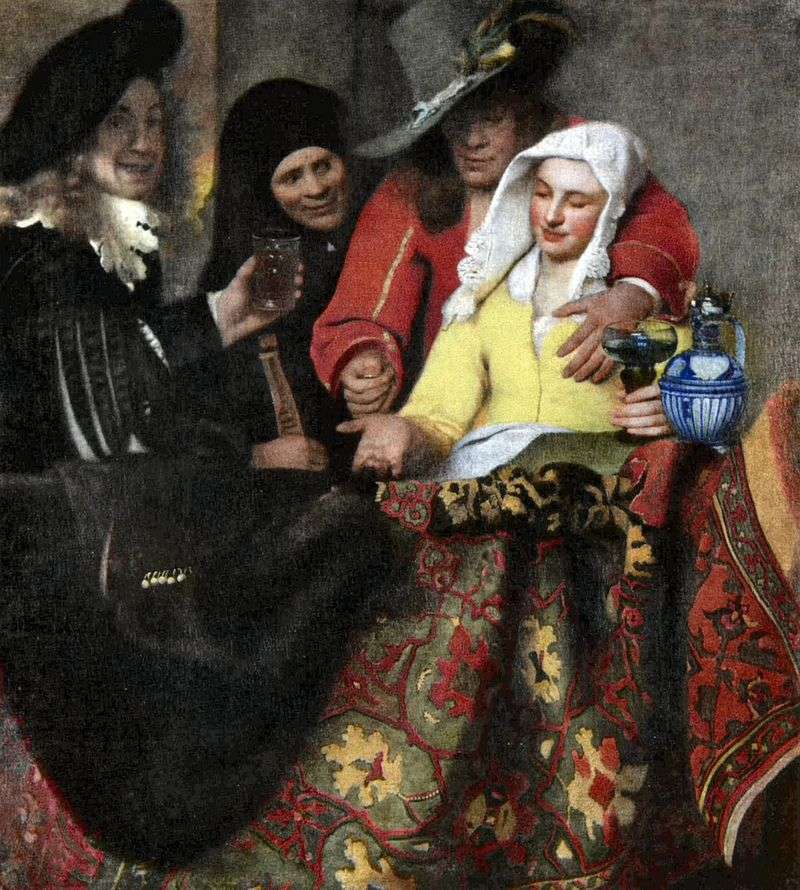 In the vault by Jan Vermeer
In the vault by Jan Vermeer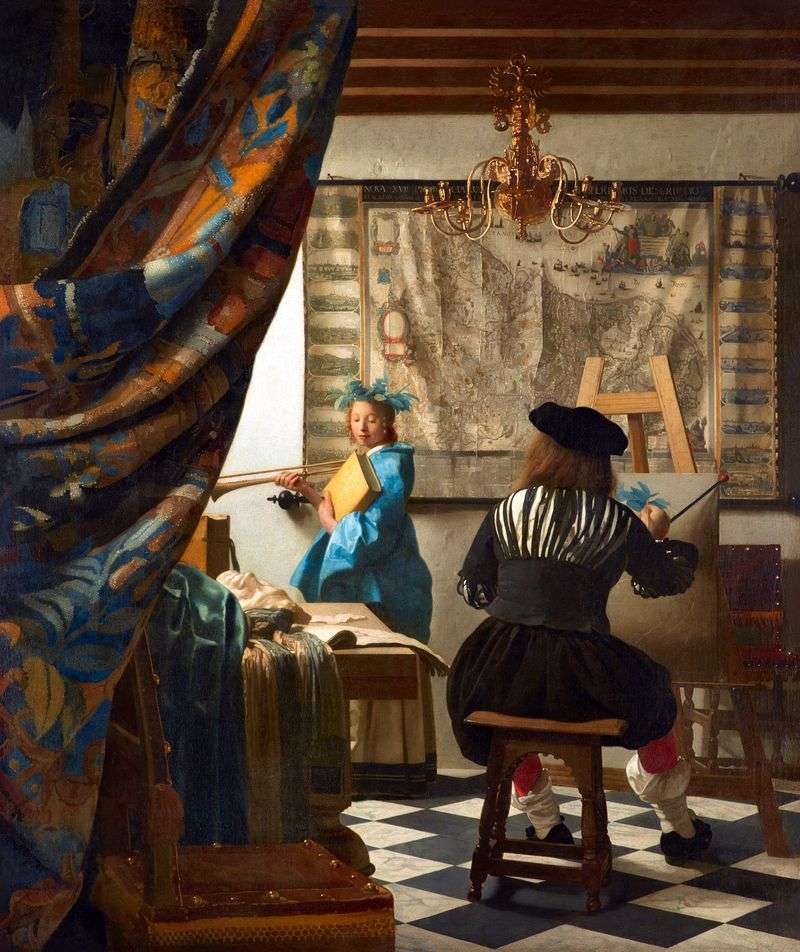 The Art of Painting by Jan Vermeer
The Art of Painting by Jan Vermeer Young woman with a water jug - Jan Vermeer
Young woman with a water jug - Jan Vermeer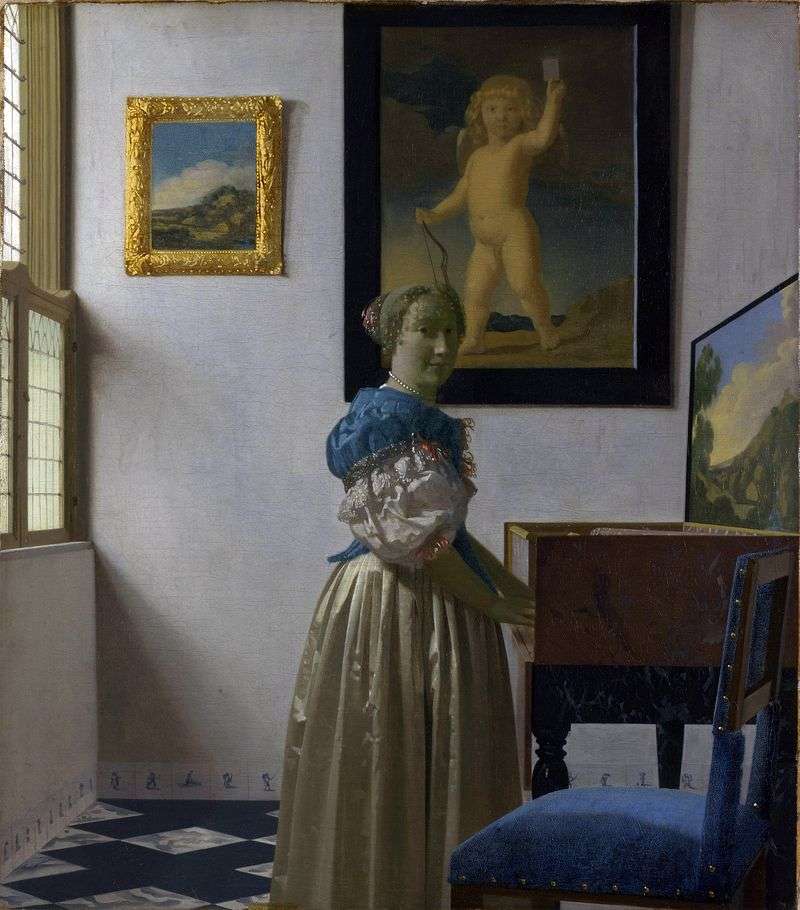 The lady of the virginal by Jan Vermeer
The lady of the virginal by Jan Vermeer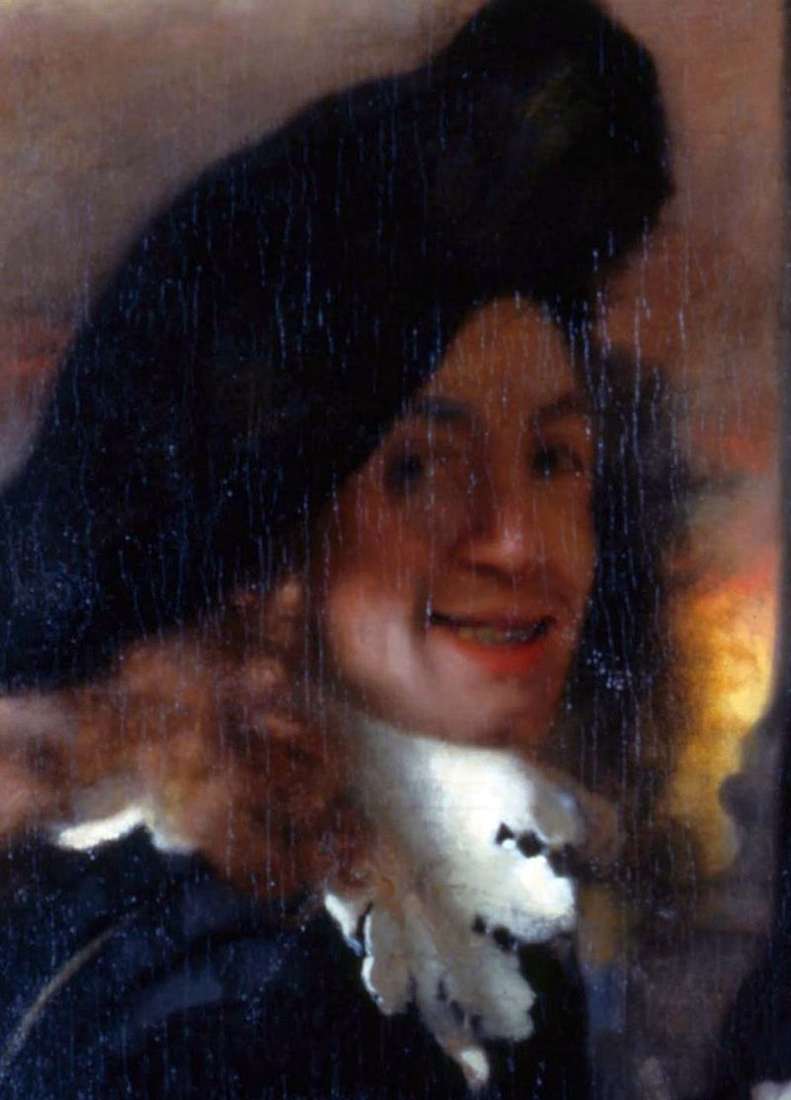 Self-portrait by Jan Vermeer
Self-portrait by Jan Vermeer